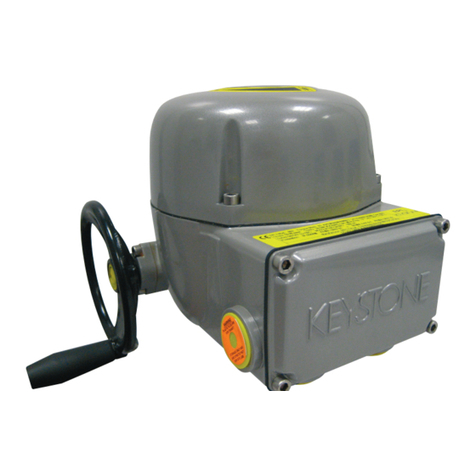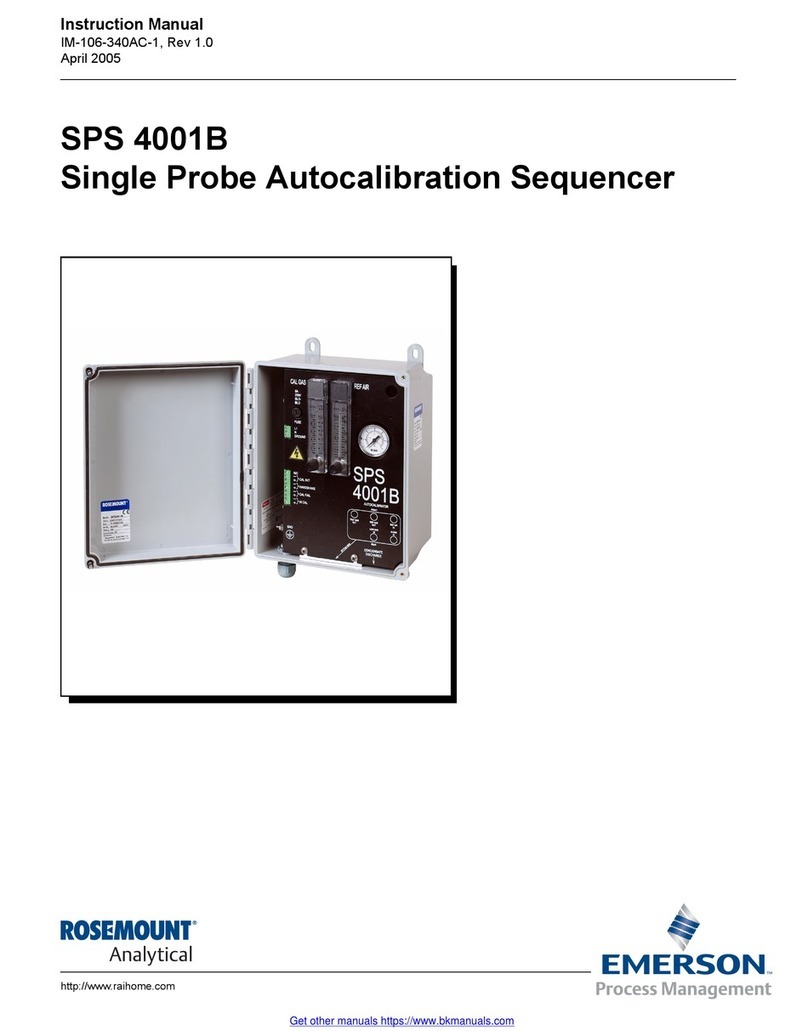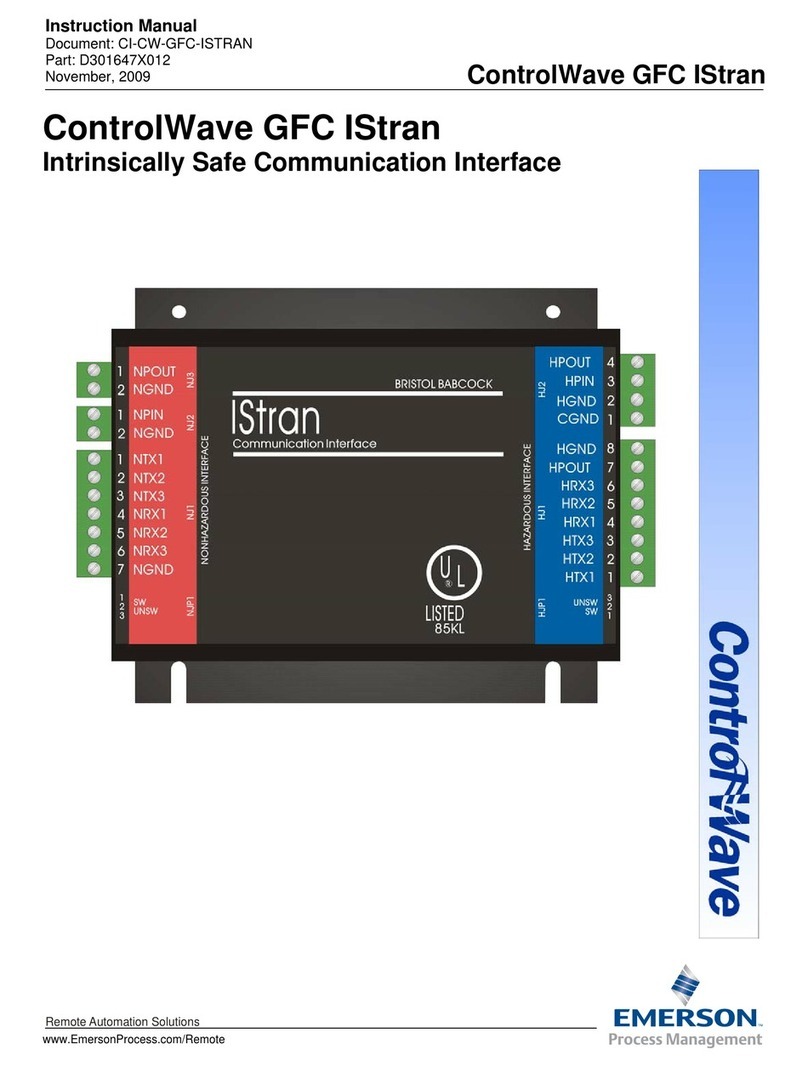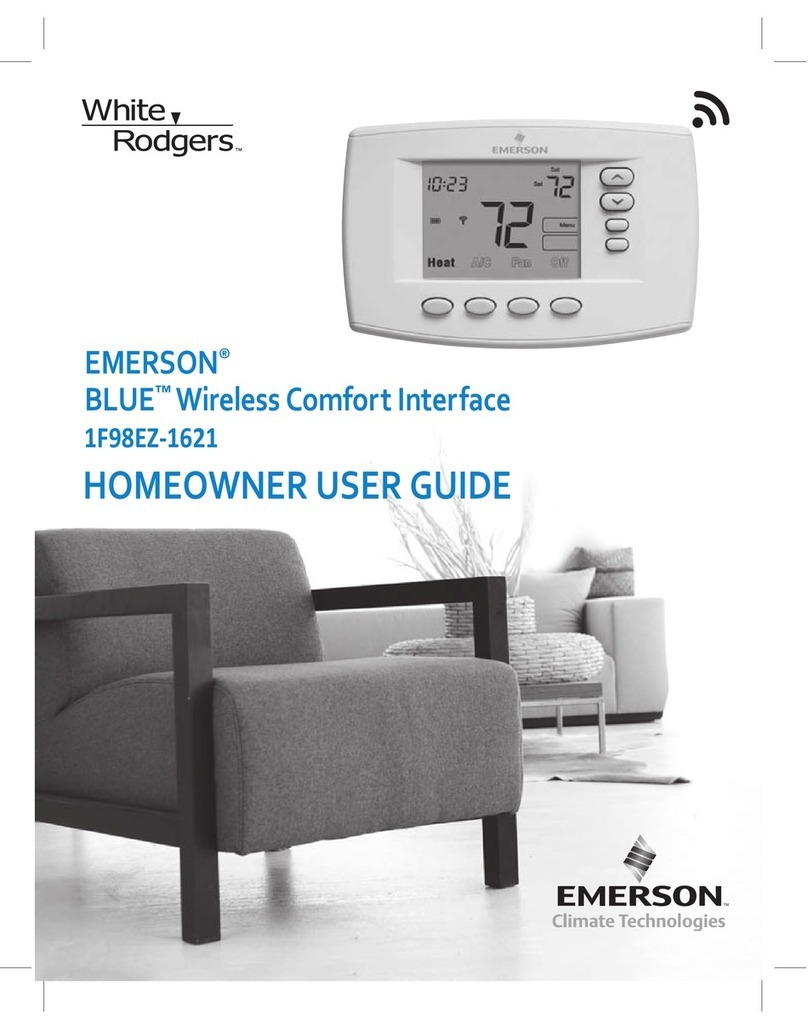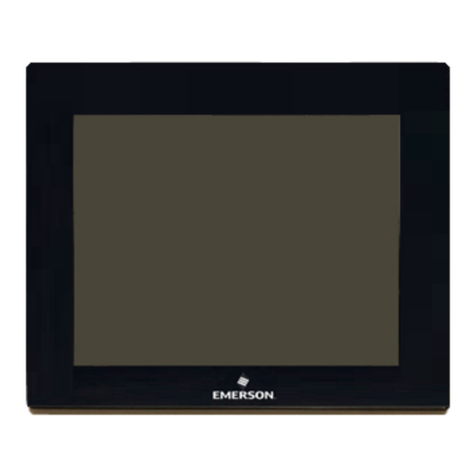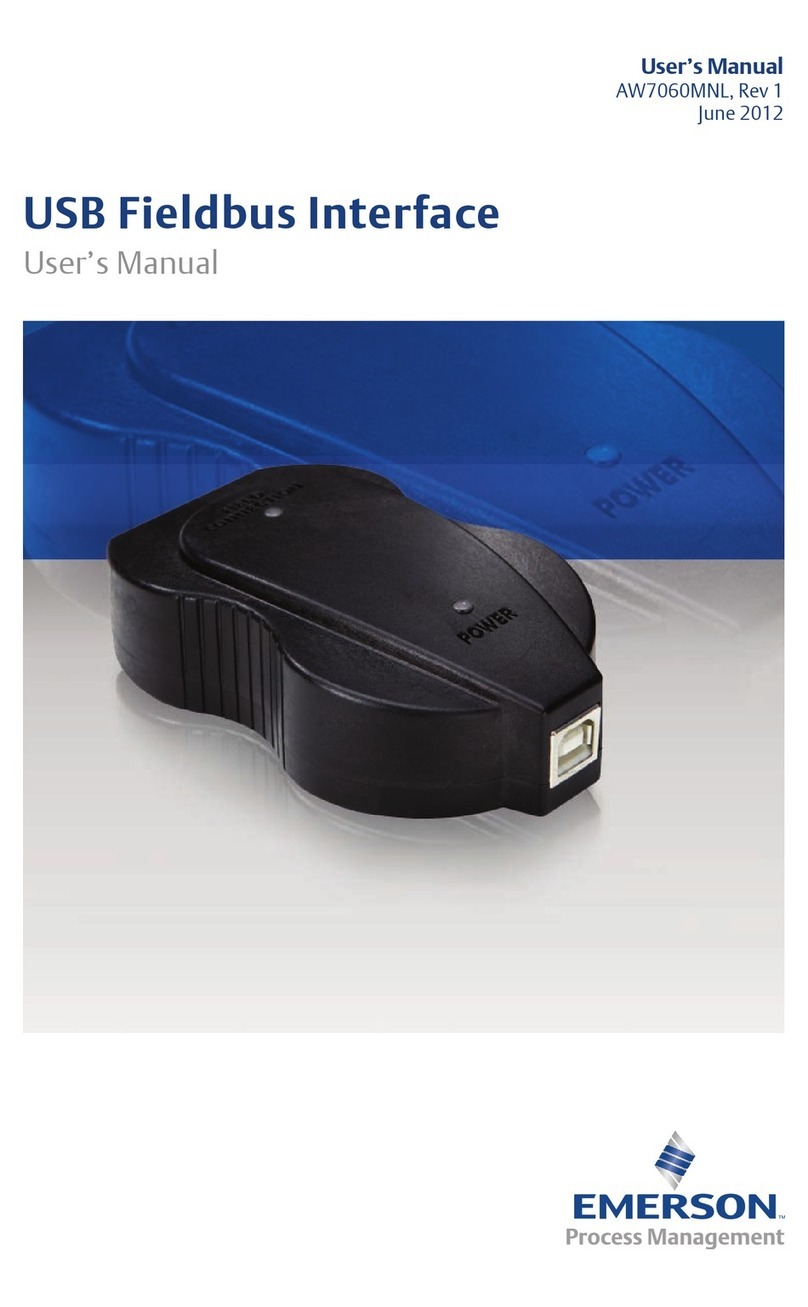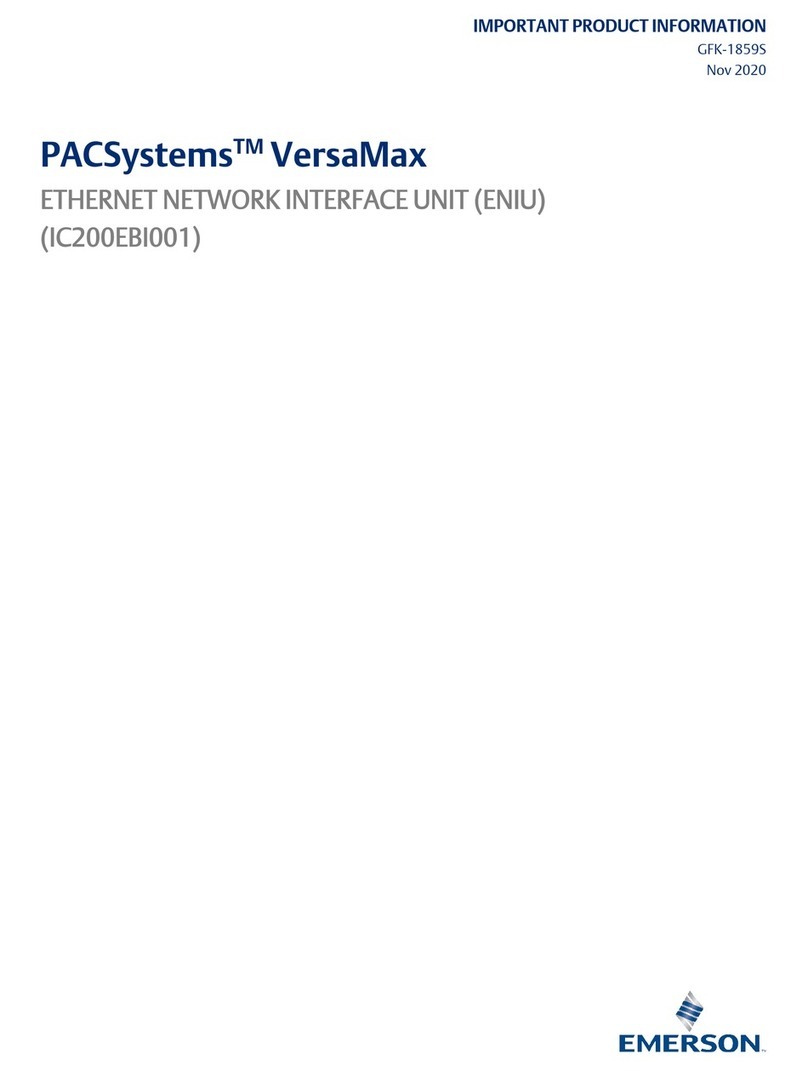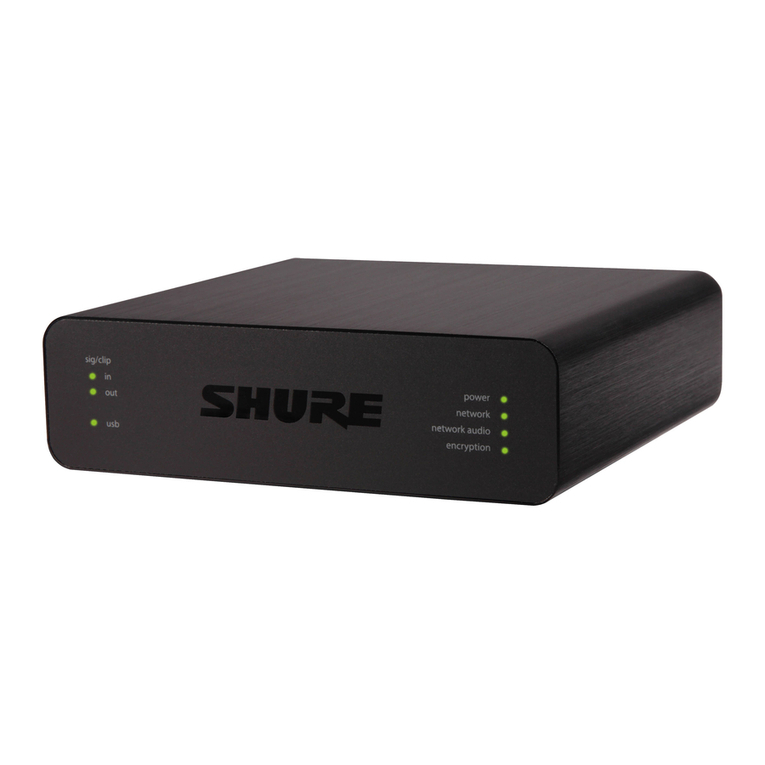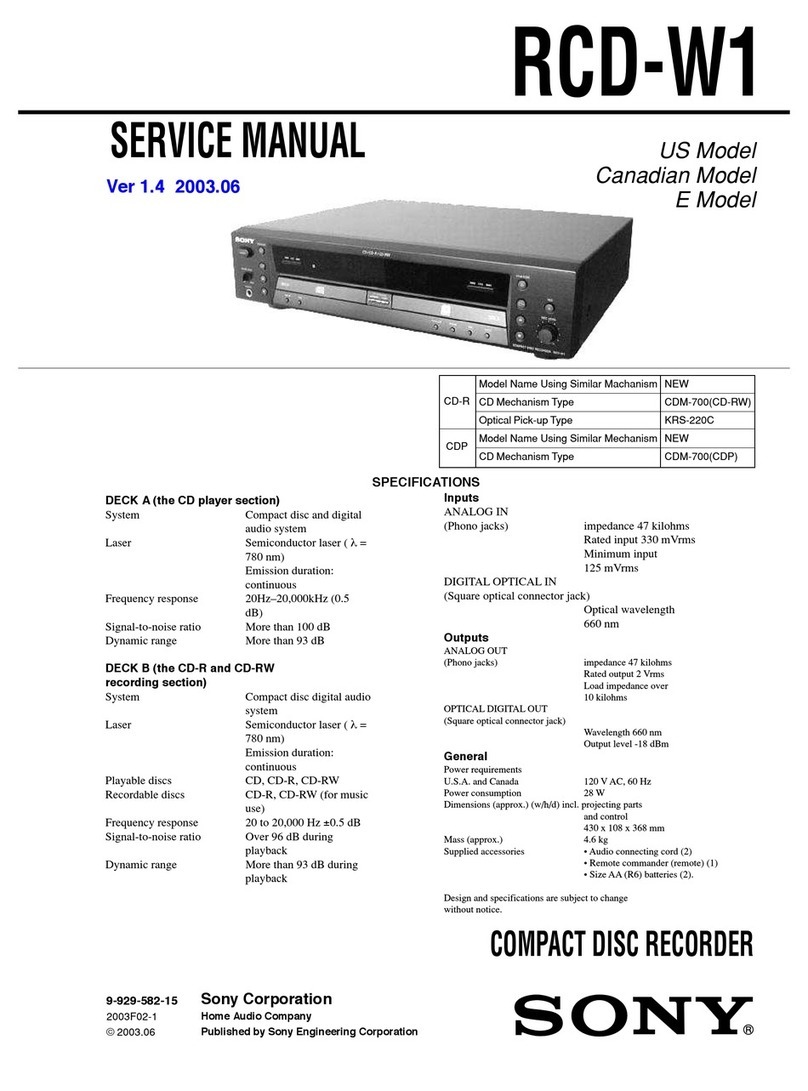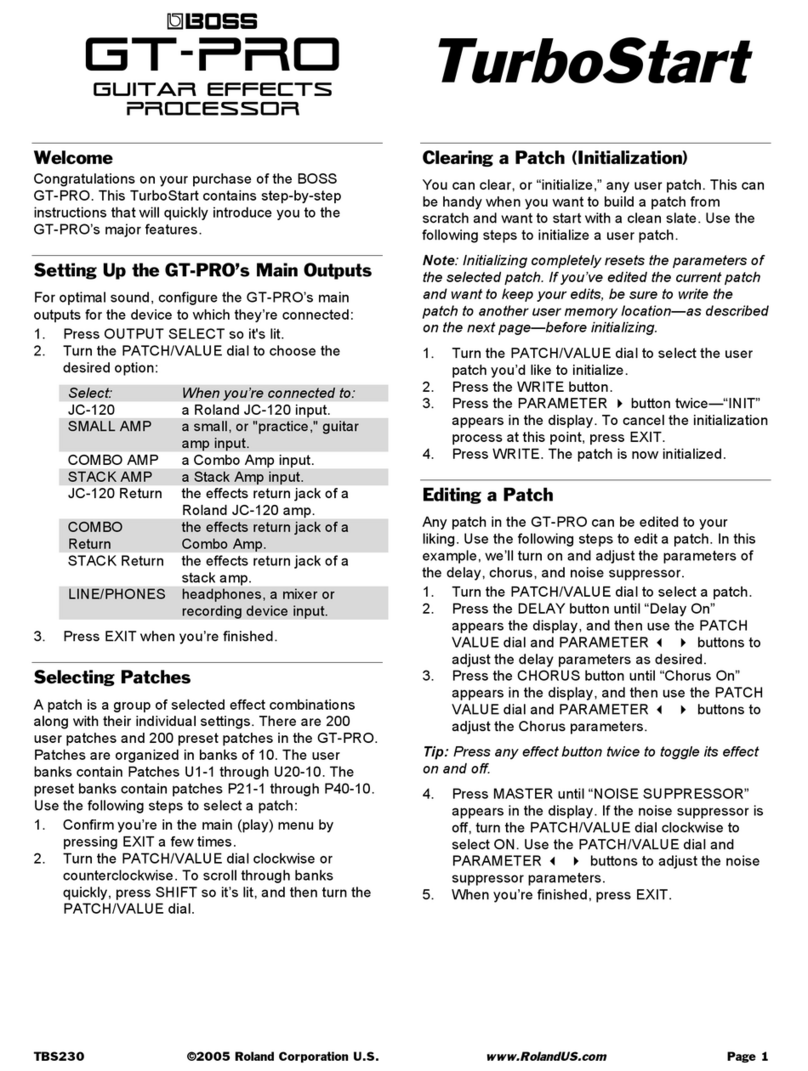
KEYSTONE OM9 - EPI2 PROFIBUS DPV1 INTERFACE
InstallatIon & MaIntenance InstructIons
1 OPTIONAL MODULE 9: PROFIBUS DPV1
INTERFACE
The OM9 Profibus DPV1 interface is an
electronic module that allows you to connect
the Keystone EPI2electrical actuator to a
Profibus DP network. The module has its own
microprocessor and control program. It works
as a pure bus interface and does not affect the
actuator control integrity. It is installed inside
the actuator housing and takes the electrical
power from the actuator power supply module.
WARNING
EPI2actuator must be electrically isolated before
any disassembling or reassembling operations.
Before any disassembling or reassembling
operations, please follow in detail the relevant
paragraph of the basic installation and operating
manual (latest revision available).
WARNING
The electronic parts of the EPI2actuators and all
option modules can be damaged by a discharge
of static electricity. Before you start, touch a
grounded metal surface to discharge any static
electricity.
WARNING
It is assumed that the installation, configuration,
commissioning, maintenance and repair works
are carried out by qualified personnel and
checked by responsible specialists.
WARNING
Repair work, other than operations outlined in this
manual, is strictly reserved to qualified Emerson
personnel or to personnel authorized by the
company itself.
IMPORTANT
For decommissioning instructions, please refer
to the relevant chapter in the EPI2manual ref.
EBPRM-0091.
The RS 485 interface is located on the module
board. The Profibus network is fully isolated
from the actuator electronics.
The OM9 Profibus DPV1 is designed to support
Profibus DPV0 cyclic communication and
acyclic communication as per Profibus DPV1
extension.
For details about EPI2 actuator the reference
manual is:
EPI2Quarter-turn Electric Actuator IOM.
VCIOM-01493-EN 16/06
NOTE
Based on the Wiring Diagram printed on the board
(I.E.DE5687R00E or DE5687R00G and subsequent),
the board may have a soldered jumper or a dip switch
on the Profibus Termination. Please read the manual
for the relevant description.
TABLE OF CONTENTS
1 Optional module 9: Profibus DPV1 interface... 1
2 Operation and storage .................................. 2
3 Distinguish OLD/NEW models ..................... 2
4 Installation..................................................... 3
5 Communication features............................ 11
6 EPI2DVP1 interface..................................... 11
7 Profibus DP description.............................. 12
8 RS485 transmission mode.......................... 13
9 EPI2 DPV1 power-up................................... 14
10 Data exchange during parameterization... 15
11 Data exchange mode .................................. 17
12 Local settings .............................................. 25
13 GSD file ........................................................ 26
14 Bluetooth communication module ........... 30
15 Profibus certificate...................................... 30
16 Optional kits................................................. 31
www.valves.emerson.com © 2017 Emerson. All rights reserved.




